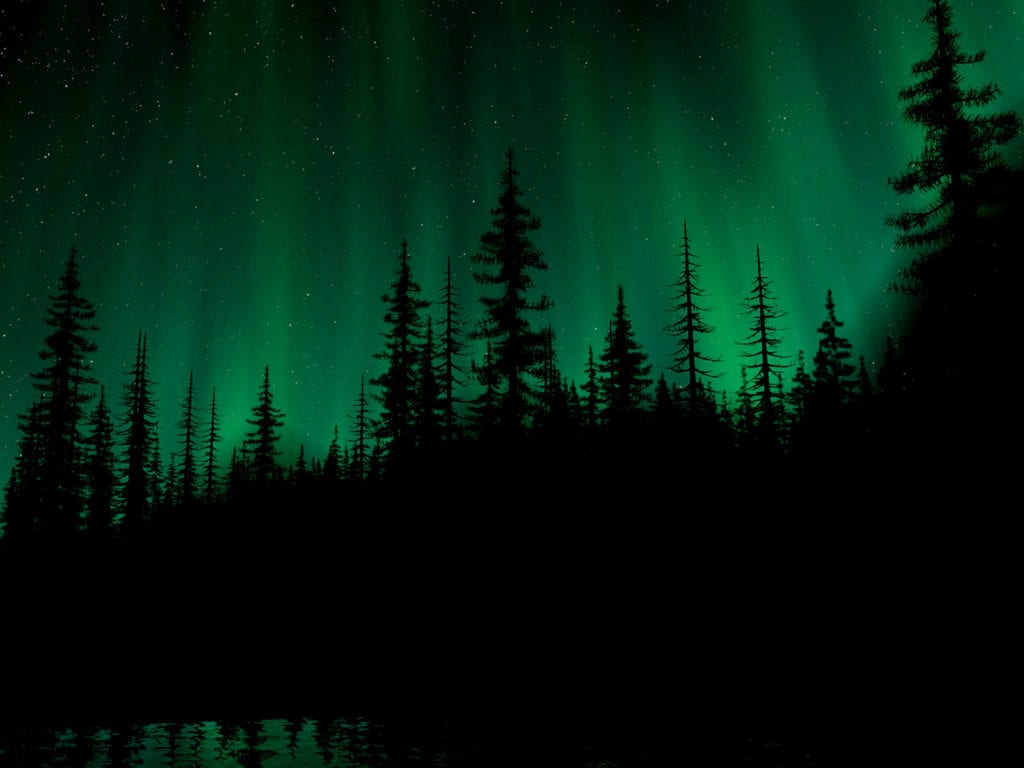While this keeps getting reported all over the web, I have gone through the National Park Service budget line by line (600+ pages) and I cannot find any reference to this claim.
Does anyone know anything about this?
The Washington Free Beacon recently revealed that the National Park Service had authorized nearly $150,000 in grant money in 2016 to an Alaska-based non-profit group to fund research into such things as Bigfoot, sea monsters, unexplained lights in the sky and other paranormal activities.
The recipient of the grant money was a group known as Kawerak, Inc., which serves the various native peoples of the Bering Strait region, whether they be of Aleut, Eskimo, Native American or Russian descent.
Kawerak described the project as a study of the “knowledge, beliefs and experiences” residents of the Bering Strait region have of their “supernatural environment.”
This “supernatural environment” included, but was not limited to, such things as “sea monsters, little people, wild babies, unexplained lights, animals that can change into other things and invisible sea birds.”
The stated objective of the project was to “document, in a serious and meaningful way, Bering Strait residents’ knowledge about, experiences with, and beliefs about supernatural phenomena. We think that this information is important to understanding how people relate to their environment and that there are culturally specific understandings of these phenomena which have not been previously documented.”
In March of 2016, without having gone through the normal competitive process, the Department of Interior deemed the research project worthy of $150,000 in grant money, with an initial disbursement of $50,000 in June, 2016, according to USA Spending. The rest of the funds were expected to be disbursed before the scheduled conclusion of the study in 2019.
A spokesman for the Park Service, John Quinley, explained to the Free Beacon that the grant was really just part of a broader program known as the Shared Beringian Heritage Program, which operates on a budget of $650,000 annually to support “(O)ngoing natural and cultural resource research conducted by a diverse group of partners including non-governmental organizations, academic institutions, tribal governments, and indigenous groups from the region.”
